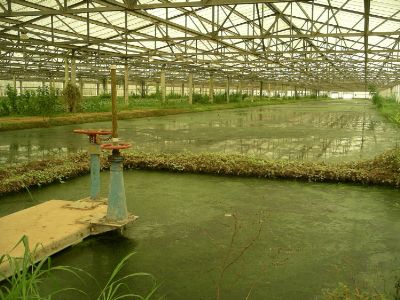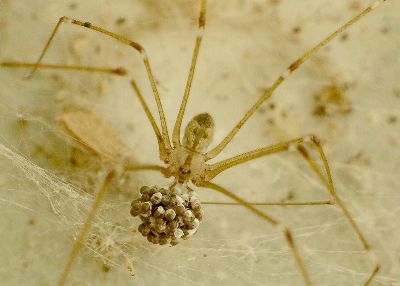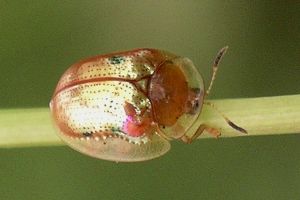
Inside the Greenhouse
 Inside the Greenhouse |
Before uttering exclamations of disgust, it is necessary to know a little about Hornsby. Yes, there is a definite aroma to the air, which varies in intensity depending on the wind. However, birds don't have much of a sense of smell and the large open ponds with their copious supplies of insects and other suitable avian fare, no matter how ripe, are a lure to waterfowl and songbirds alike. The Audubon Society holds frequent bird walks in the area, and there is an organization for environmental research that manages the surrounding buffer zone. There are miles of hiking trails between the river and the sewage plant, as well as roadways around the ponds. With fields, swamps and forest, the habitat is great for just about any wildlife in our area. The concrete structures, water treatment ponds, and various refuse dumps of huge pipes, irrigation machinery, old septic tanks, and other strange equipment strewn about and gradually being overgrown simply add to the interesting landscape.
 Cellar Spider with Eggs |
When I first walked into the Greenhouse, it was like entering a science fiction movie set. The bright yellowish lighting produced by the translucent roof gives everything a strange glow, only slightly enhanced by large electric lights that hang in the center areas. The building must be rather old, and little maintenance has been done recently, so there are holes in the roof, vines climbing on the rafters, and innumerable species of spiders, insects, and water creatures. There is a sense that one has entered a place long forgotten and abandoned.
 Golden Tortoise Beetle |
While the overall effect is bizarre and fascinating in its own right, the inhabitants of this protected environs are a naturalist's dream. An entire ecosystem has developed around the high humidity, constant subdued light, and moderate temperatures. The end walls are covered with spider webs built to take advantage of insects that fly in and then mistake the bright light coming through the walls for an exit. Numerous wild plants grow on the ground and support large populations of leaf-eating beetles, moths, and other insects. A most incredible infestation of spider mites blankets a large stand of water hyacinth that grows in the middle pond. Normally nocturnal orb weaver spiders stay in their webs all day because there are few birds that enter the building. Huge frogs inhabit the ponds. Between the resident species and those that blunder inside by accident, I've found a delightful assortment of subjects to photograph. It's obvious that various mammals forage inside as well, but their only signs are droppings, footprints, holes dug in the ground, and destroyed turtle nests. A few feathers on the ground attest to occasional visits by birds as well.
It might not fit most people's vision of an ideal natural setting, but the Greenhouse at Hornsby Bend provides an entertaining alternative environment in our familiar central Texas landscape.